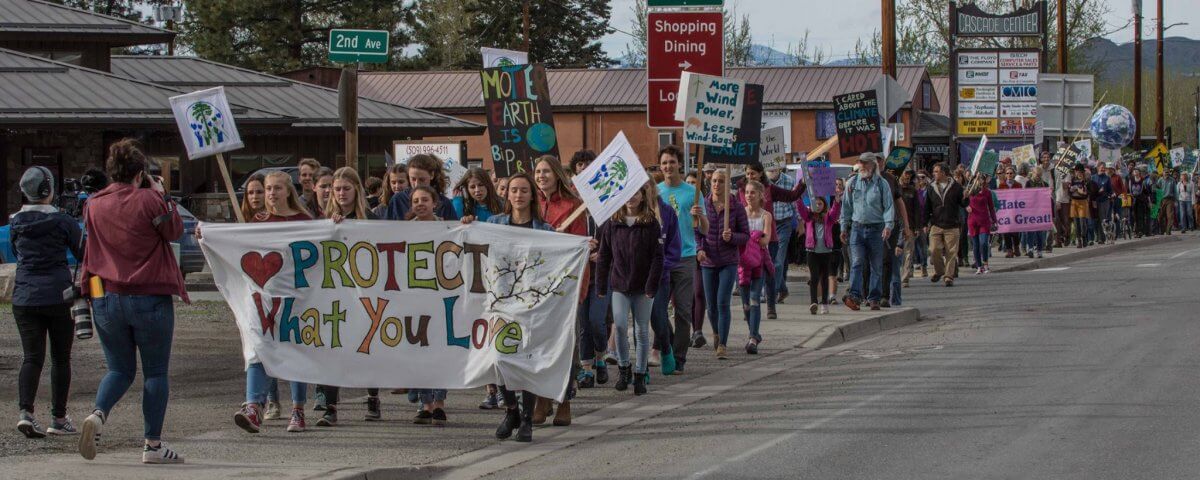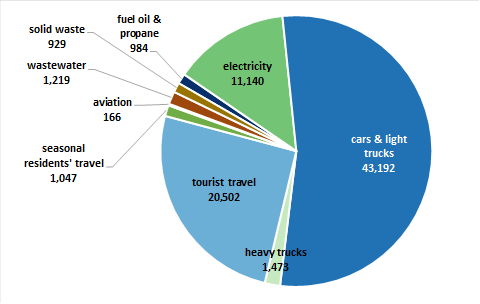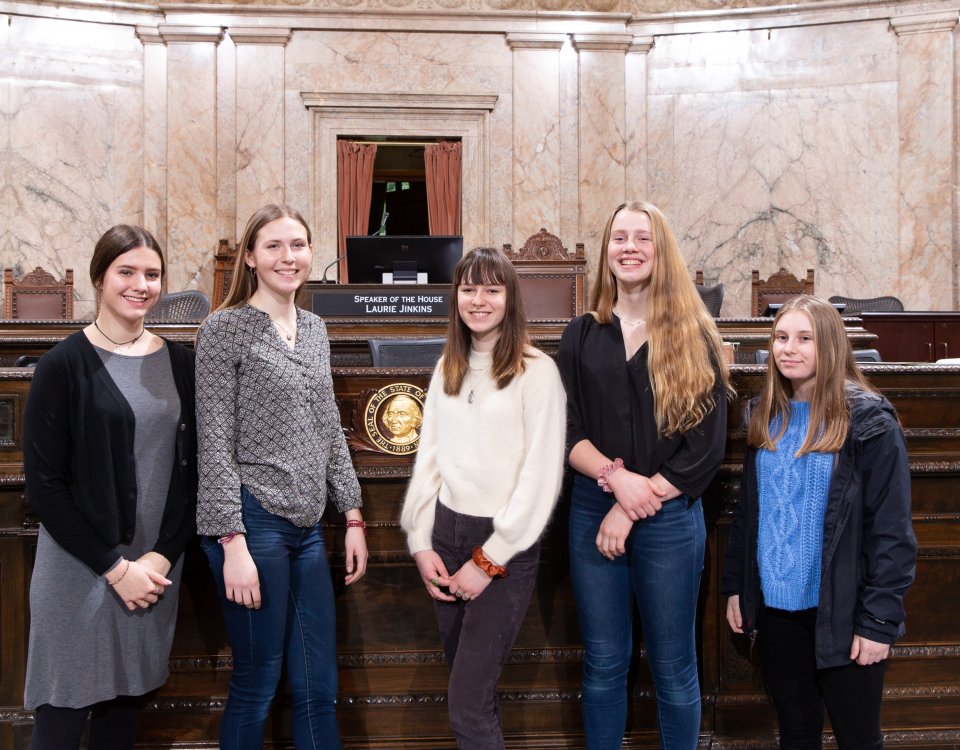Resilient Methow, building a better future together
Update: Learn more about this process, at ResilientMethow.org!
It has been almost a year since the public launch of the Methow Valley’s Community Climate Action Plan process, Resilient Methow. Since then a Climate Action Task Force, made up of non-profits, community leaders, and local, state and federal agencies, has been working hard to synthesize public feedback on strategies to adapt to climate impacts. The Task Force, is facilitated by part-time resident and founder of The Caspian Group, Marc Daudon and staffed by MVCC. Together, they are also identifying strategies to reduce greenhouse gas emissions based on the results of a recent emissions study conducted for the Methow Valley. Read on for an update on each aspect of the plan and how you can get involved in building a Resilient Methow.
Exploring our shared community values
Back in November 2019, over 300 Methow Valley community members gathered at the Methow Valley Community Center to identify the ways our community could begin adapting to changes in the climate. Dr. Amy Snover, director of the UW Climate Impacts Group, gave an overview of the way climate change is impacting the Methow now and into the future.
After Dr. Snover’s presentation, participants broke into groups to review and prioritize impacts and actions that the Task Force previously identified for five sectors of our community: agriculture, natural systems, emergency services and human health, infrastructure, and economy. After the November meeting, the Climate Task Force and the sector subgroups vetted each proposed action evaluating feasibility, cost, timeline, and effectiveness. After each action was analyzed, each sector subgroup prioritized the actions based on their experience and knowledge for their issue area. Then the team identified shared values that were demonstrated in each action:
- Human health and safety – for all members of our community, especially those most vulnerable
- Livelihoods – the ability to make a living for physical and spiritual well-being
- Natural systems – providing biodiversity and sustaining ecosystem integrity
- Water – which enables the vitality of natural systems, agriculture, and livelihoods
Example actions for each sector:
Agriculture: Promote and expand water conservation and efficient irrigation practices.
Economy: Identify funding sources to help diversify our local economy.
Human Health and Emergency Management: Create community clean air spaces during smoke events.
Infrastructure: Increase bike, carpool, electric vehicle and public transportation infrastructure.
Natural Systems: Identify funding to support existing wetland protection programs.
We expect to finalize this process in the coming months and will be seeking additional feedback from the community.
Think globally, act locally to reduce greenhouse gas emissions
What is the biggest source of greenhouse gas emissions in the Methow (hint: it’s not cow farts or food waste)? According to the first draft of a recently commissioned greenhouse gas emissions study conducted by environmental consultant, Roel Hammerschlag, residential transportation makes up more than 65% of the valley’s human-caused emissions. Hammerschlag calculated the greenhouse gas emissions using several metrics involving transportation, land use, home heating/cooling, and waste. The Climate Task Force is working diligently to identify potential actions to help our community mitigate our greenhouse gas emissions and lower the Valley’s carbon footprint. Once the study has been finalized, it will be made available to the public for review and will be included in the final Climate Action Plan.
Human-caused greenhouse gas emissions in the Methow Valley for the year 2019. Source: Roel Hammerschlag





